An ambitious theoretical investigation into the properties of cuprous oxide suggests it possesses remarkable non-linear optical (NLO) properties.
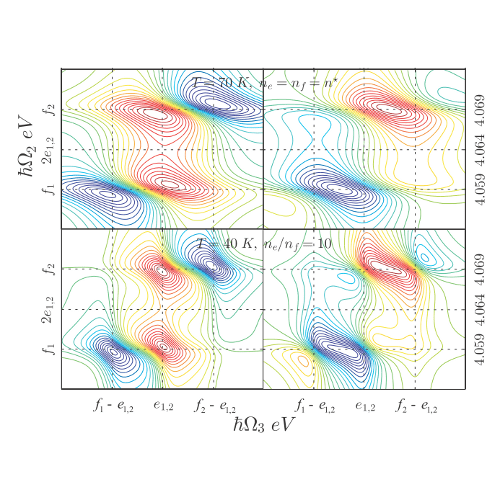

An ambitious theoretical investigation into the properties of cuprous oxide suggests it possesses remarkable non-linear optical (NLO) properties.
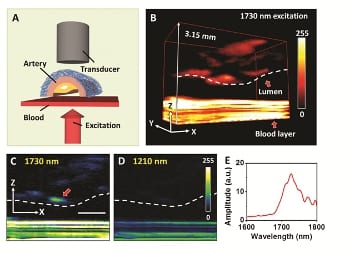
Label-free imaging of atherosclerotic plaques is achieved by an optical window between 1600-1850 nm for bond-selective deep tissue imaging.
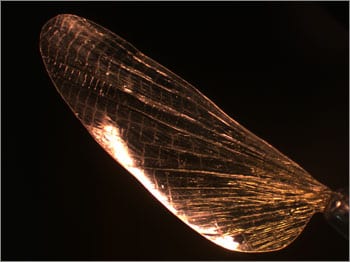
A laminar composite of two common biomaterials – shrimp shells and silk – could be useful for packaging and biomedical applications.
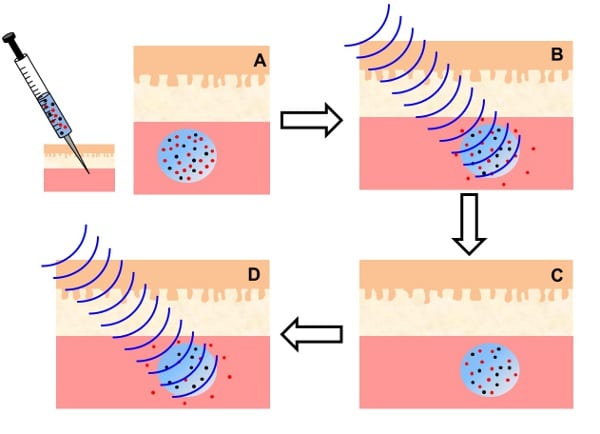
Iron oxide nanoparticles can be used to provide a local source of heating in a thermoresponsive sol–gel copolymer solution.
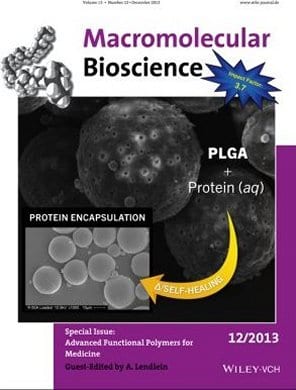
The complex requirements of modern medicine demand a variety of multifunctional materials. Polymers provide a versatile toolbox for such materials. Hydrolytically degradable polymers show temporal changes of mechanical properties during degradation and controlled drug...
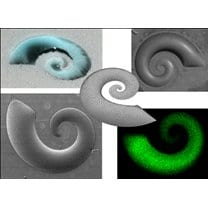
Droplets can be designed in a specific shape and pattern, which could be used to control cell growth and movement as well as to make new nanocomponents.
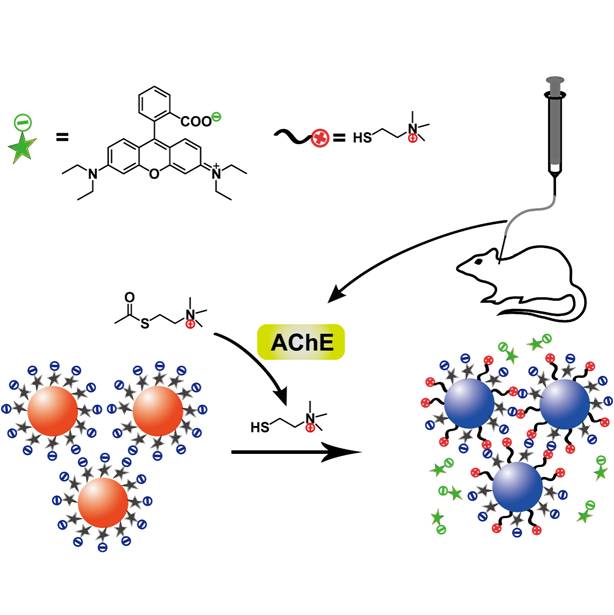
A novel AuNP-based assay highly sensitive to acetylcholinesterase (AChE) may detect a risk or a preclinical stage of Alzheimer’s disease.
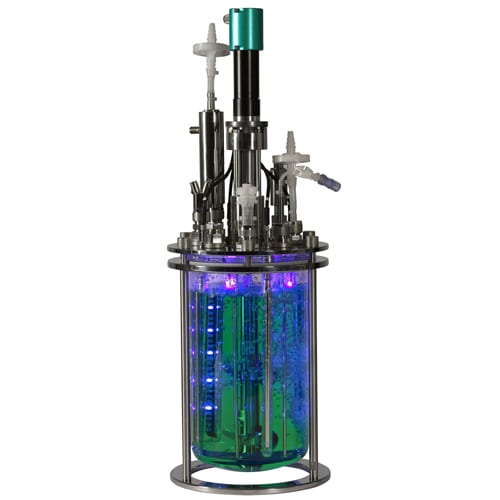
Novel photobioreactors meet the specific photosynthesis requirements of algae to increase production quantities.
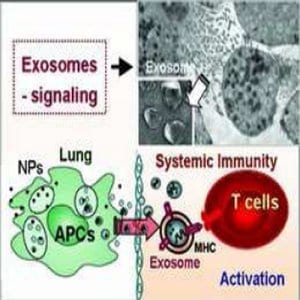
Workers with existing allergic conditions have worse reactions when exposed to nanoparticles, caused by a Trojan horse known as an exosome.
A nanostructure of silicon and gold is 4 times as effective at killing cancer cells in cell culture experiments as gold nanoshells alone.